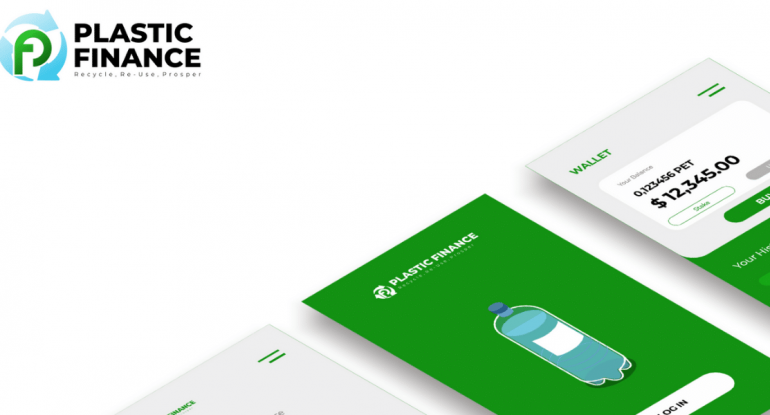What is Kappi?
Kappi is a network of independent and decentralized hybrid blockchains. KAPPI works as a network of several different independent blockchains, which are called spaces. Each of these spaces are powered through a KAPPI DWARF, ensuring that there are a consistent, high-performing and secure PBFT similar consensus engine wherein the accountability is guaranteed through forks. The KAPPI algorithm is scalable and can be used for proof of stake, public blockchains. Within the fist space on KAPPI is the KAPPI DWARF.
The KAPPI is a cryptocurrency that operates a multi-asset proof of stake and has a simple governance system that allows for upgrades and is generally adaptable. The KAPPI DWARF can connect to other spaces allowing it to be extended. The spaces and the DWARF of the KAPPI network communicate between themselves through an inter-blockchain protocol, which is like a virtual UDP for blockchains. This makes it easy to transfer tokens between zones in a fast and secure way without the requirement of exchanging liquidity between each zone. In this approach, the tokens that are transferred between zones will go through the KAPPI DWARF that keeps a running tally of all tokens within each space.
The KAPPI DWARF acts like a surge protector that isolates each zone from any failure experienced in any other zone. Anyone can connect new zones to the KAPPI DWARF, the spaces are capable of being compatible with blockchain innovations in the future.
KAPPI Consensus Protocol
The KAPPI consensus protocol and the interface which was used to build the application is backed by nodes which retain voting power which is no-negative. This is different than the classic Byzantine Fault Tolerant (BFT) algorithm that has each node carrying the same weight. In the KAPPI consensus, validators are able to participate in the consensus protocol through broadcasting cryptographic based signatures, which are referred to as votes, that agree on the next block.
The voting power of each validator is determined at genesis and can be altered deterministically within the blockchain, which would be dependent on what the application is. An example of this is that the staking tokens can be bonded as collateral to determine the voting power. Unless all the validators have an equal weight, fractions would not be used to refer to the validator but only for the total voting power.
The ABCI application would maintain the responsibility for:
Scalability and Decentralization
KAPPI is comprised of a network of many blockchains that being powered by KAPPI. KAPPI allows many blockchains to be running concurrently with each other whilst retaining interoperability.
At its DWARF, KAPPI DWARF manages multiple independent blockchain ‘zones’, that are also referred to by some as shards. With a constant stream of block commits coming from zones on the DWARF, it can keep up with each zone’s information and its current state.
In turn, the zones keep up with the DWARF, but not each other except through the DWARF. Information packets are sent from one zon to another through the DWARF through Merkle-proof posting showing that the information was both sent and received accurately.
Distribution Token




No comments:
Post a Comment